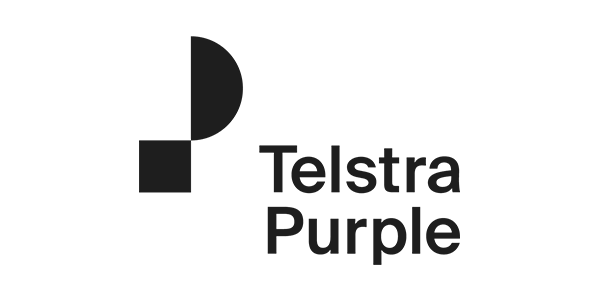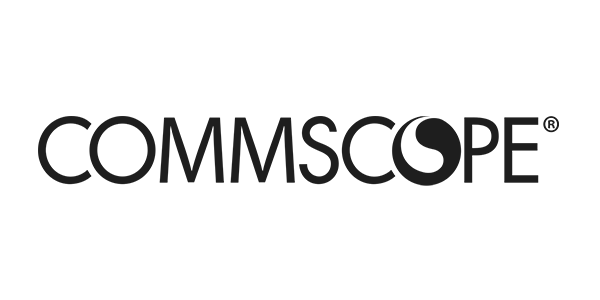Maximizing your assets: CEO and top exec personal brands are good for business
As much as 44% of a company’s market value can be attributed to the reputation of an organization’s CEO. However, not every company has recognized the potential of their CEO and other top executives to the brand. If you’re a senior or C-level exec and are not engaging with the wider world, there is a lot you could, and should, be doing.
C-level personal branding is a marketing tactic that many tech companies continue to miss out on, ignore, or just take for granted. It should not be overlooked: in the age of influencers, your CEO and other top executives can be huge advocates for your brand and champions for your company’s image.
At the very least your executives should have an active presence on relevant social media, a blog and a functional LinkedIn account and profile. In oversaturated markets, your CEO and other leading execs having strong personal brands can help your message cut through the noise and boost your brand’s visibility.
A natural progression
Personal branding today is an essential element of a successful business: it isn’t just your products and services or your advertisements or logo that impact your brand image. CEOs and other leading, customer-facing corporate execs should understand that they are the collective public face of the company, and as such need a strong personal brand. It’s a natural extension of a leadership position in the digital era, and while you don’t have to be as recognizable as a Jeff Bezos or a Richard Branson, in today’s world you might find customers, partners and suppliers wondering why you don’t have a social media presence for example.
Why should execs have a personal brand?
The ways that top execs create influence has changed beyond recognition in recent years. There was a time when a CEO’s image and influence were built by way of a few keynote speeches and late-career ghostwritten book, but in the age of social media, that is nowhere near enough: today execs are always in the spotlight and need to be proactive about personal brand-building.
Leslie Gaines-Ross, chief reputation strategist at Weber Shandwick, says, “There is no such thing as a secret and you can no longer remain in the shadows. Customers and vendors can see leadership perfectly now and this has impacted leaders taking a greater role. “Years ago, CEOs and those around them confused visibility with celebrity. Today, it is not about celebrity, but credibility.”
The most notable CEOs and senior execs of the digital era have used their personal brands as instrumental tools in raising their companies’ profiles and enhancing their business. They recognize that people very often don’t buy just products, they buy brands.
What forms should a personal brand take?
An active social media presence is a good start, and while it is a time-consuming thing to manage a Twitter account for example, CEOs and top execs should at least maintain a functioning profile.
Writing a blog about your industry or specialist digital subject area is a great way to showcase your expertise, experience and thought leadership, and needn’t consume too much of your time. Many senior execs find it simpler to employ a professional ghostwriter to produce high-quality blog articles for them based on interviews, conveying their own style and personality in the prose.
Blogs can be published on the corporate website and cross-published on a platform like LinkedIn, which boasts a huge database of over 500 million users, and presents CEOs and leading execs with the potential to get their views and expertise in front of prospects, partners and potential recruits.
Publishing interesting content builds influence and positions your public face execs as industry experts. And it delivers results: companies that prioritize blogging efforts are 13 times more likely to see positive ROI and B2B companies that blog 11 or more times per month get nearly three times more traffic than those blogging once a month or not at all.
There are important rules of thumb to remember here though: senior exec content marketing is a great opportunity to put a human face on C-level people, to get their ideas and values across to a wider audience and to go beyond just talking shop and product marketing. So it is essential that content and articles bylined to senior execs is interesting, engaging and not just puff pieces or clear PR pitches. People see through that.
The content should be solid enough to stand alongside more formal white papers as thought leadership and create tangible value for the exec’s personal brand and the company’s overall image. And a knock-on effect of this greater visibility is that journalists covering your industry will get to know you and perhaps see you as an expert source to interview, again enhancing your and your organization’s brand.
Who is your target audience?
Anyone and everyone with an interest in your company and its products or services is a target audience. If you publish a blog on your LinkedIn profile, you want all your business peers to see it, the people you’ve networked with, and perhaps worked with.
But your senior exec content strategy should remember that you’re addressing a variety of readers: Generation X and Millennials are all now moving into decision-making roles in the workforce, so you need to consider how the views of these generations differ from Baby Boomers for example. According to Merit B2B buyer research, 73% of millennials are involved or influence product and service purchasing decisions within businesses, so senior execs and CEOs need to tailor content accordingly. Younger audiences put more emphasis on well-being, social and environmental issues for example, so speaking to those issues in a genuine way that relates to your company can create appeal to these buyers and influence their purchases.
With that in mind, also keep your brand authentic. Contrived personas are easy to see through and will cause your readers to lose trust, not only in the exec whose content they’re reading, but also in the business they represent.
A powerful tool – if done right
CEOs and execs are now constantly in the spotlight and should embrace it: creating strong personal brands and publishing regular content can provide valuable insights to other leaders in your space, and demonstrate to potential buyers your innovative thinking and why you are worth doing business with.
If you feel you have something to say that can add value to your universe and that of your company, you should start engaging in a planned, professional, personal brand. Using a mix of platforms and content means you can reach new audiences wherever they are and drive real results that positively impact your bottom line.
Contact us at [email protected] to find out how we can help your C-level execs build their profile with a comprehensive blog program.
Author:

![Create the ideal white paper in eight weeks [infographic]](https://www.futuritymedia.com/wp-content/uploads/2020/02/Futurity-Whitepaper-Timeline-Graphic-v6-header.jpg)

![New to ABM? Follow these 5 steps to drive complex sales [UPDATED]](https://www.futuritymedia.com/wp-content/uploads/2023/04/shutterstock_1225782988.jpg)



















